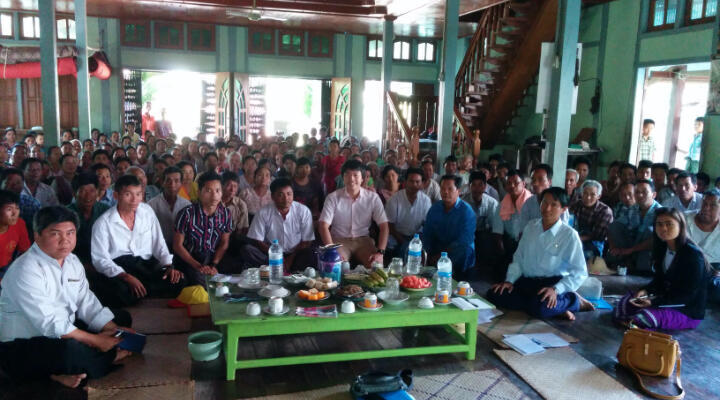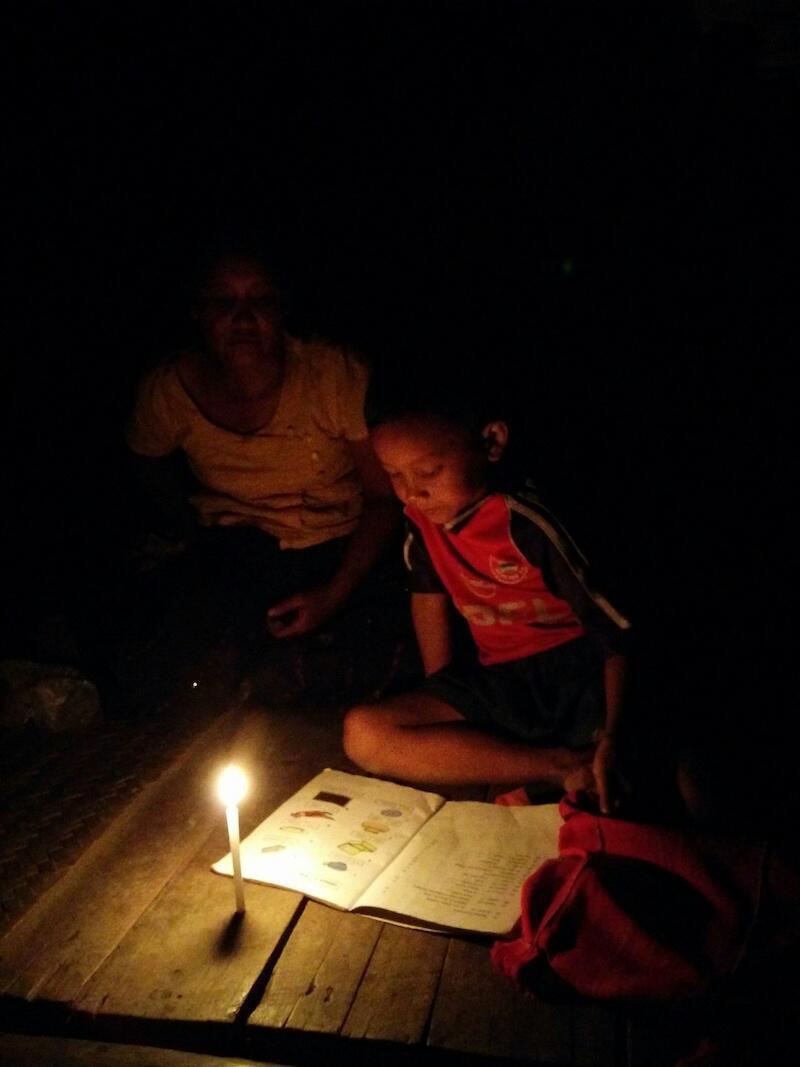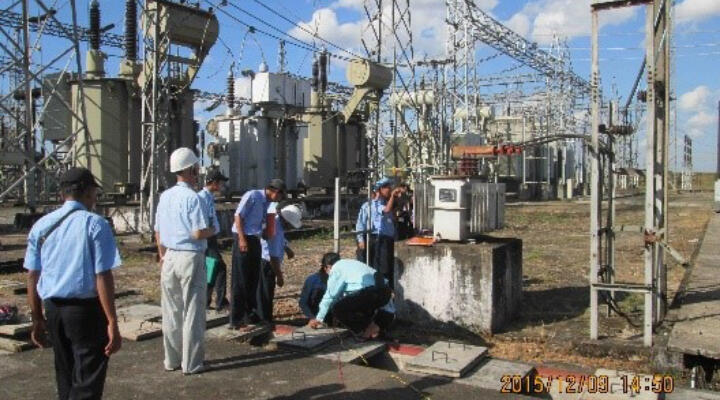
Menu
Menu

In 2008, the increase in the price of global crude oil obliged the Tongan authority to raise electricity charges to TOP 1.00/kWh (approx. USD 0.5/kWh), and this caused serious impact on economic activities and the people in the country. From this experience, the Cabinet of Tonga decided in 2009 a policy goal of “increasing the proportion of renewable energy to 50% of the entire electricity supply by 2020” to deal with two crucial issues: 1) reduction of greenhouse gas emissions, and 2) improvement in energy security. The government also formulated a Tonga Energy Road Map 2010-20 as an implementation policy to achieve the policy goal.
In spite of various efforts, Tonga still needs to adopt renewable energy systems to achieve the target of “50% of electricity from renewable sources”. But it is difficult to stably supply electricity and secure the quality of electricity if the proportion of wind and photovoltaic (PV) power generation increases due to their fluctuation.
Under these circumstances, Tonga’s electricity sector needs to adopt renewable energy sources, stably supply electricity and minimize the fluctuation in frequencies of the grid system by introducing micro-grid systems.

Child using candlelight for studying
The introduction of renewable energy such as PV systems and wind turbines brings fluctuation of the frequency and voltage to the grid, especially when the grid is small compared to the amount of renewable energy. In Japan, 10% is considered to be the limit of introducing renewable energy without any compensating equipment. The Kingdom of Tonga applied for Grant Aid for introduction of renewable energy to Tongatapu Island, whose installed capacity of the grid is approximately 11 MW plus 1.3 MWp PV system under construction. Under these circumstances, we introduced micro-grid system in order not to fluctuate the grid. The micro-grid system introduced under the Project was quite new at the time and was the first installed under a Japanese Grant Aid Project. We implemented power flow analysis with cooperation of Denryoku Computing Center for selecting the suitable type and amount of power storage system. Through the analysis and investigation of technology trend, we reached the final design of the micro-grid system as having 1 MWp of PV system compensated by 1 MW of lithium ion capacitor.
The expected effects of the Project are as follows:
1) Reduction in diesel fuel consumption of approximately 300 [kL/year].
2) Reduction in CO2 emissions of approximately 900 [t-CO2/year].
3) The amount of annual power generation by the 1 MWp PV system is approximately 1,300 [MWh/year].
4) The project reduces dependency on diesel power generation for the country’s power supply and alleviates the risk of inflation of electricity charges.
5) The power storage systems and micro-grid controllers can make up for the fluctuating output of renewable energy and stabilize the grid power generation.

Inspection of electrical equipment
Project Details